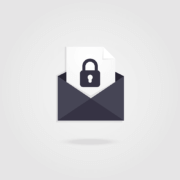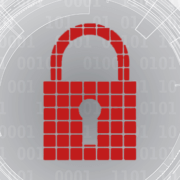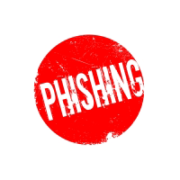Dear NoSpamProxy customers,
since a few hours we see in customer environments that send outgoing e-mails from O365 via NoSpamProxy the error “Unable to relay”. We found that Microsoft uses a new certificate to identify all Office 365 email servers, which was issued by a GlobalSign CA rather than Microsoft’s own CA. The NoSpamProxy security check to see if the server is a valid “company e-mail server” fails and the e-mails are rejected. A new Fast Channel Version is available to fix this issue.
We apologize for any inconvenience caused.
Your NoSpamProxy Team






